Poor planning has left Sydney’s southeast without enough trees
BOULEVARDS of grey instead of green — part of Sydney have been tranformed into concrete jungles. The southeast is the worst. Find out about the concrete crisis.
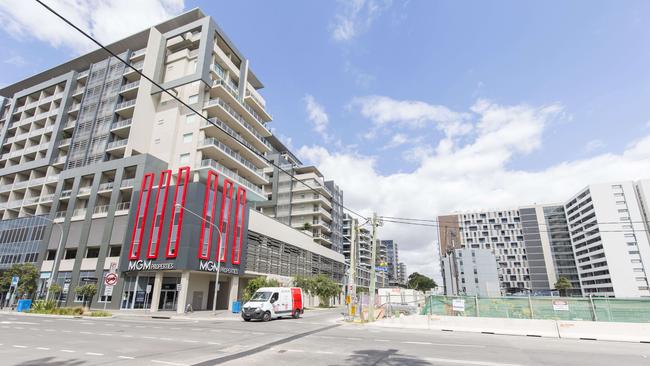
Southern Courier
Don't miss out on the headlines from Southern Courier. Followed categories will be added to My News.
BOULEVARDS of grey instead of green — Sydney’s southeast is a veritable concrete jungle.
In a damning review of the city’s urban tree canopy, Randwick and Bayside ranked the worst for green cover in the entire Greater Sydney Region.
The Greater Sydney Commission is now calling on both the state and local governments to intervene before the southeast becomes a heat trap.
Data produced by the Institute of Sustainable Futures in 2014 showed the former Botany Bay Council had just 12 per cent urban tree cover, compared to a cool 59 per cent at Pittwater.
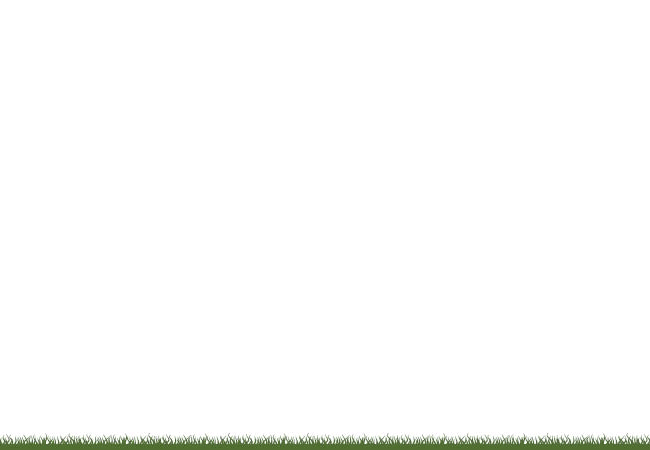
Randwick Council came in at 14 per cent, however, that figure was produced prior to the 558 trees being removed and 154 relocated for the Southeast Light Rail.
“We need to connect our green links and to add to our street tree canopy. We have parks and schools with green assets, but we need more,” eastern commissioner Maria Atkinson said.
The issue is even more pressing since the commission projected a 34 per cent surge in dwellings by 2036.
The southeast also recorded between 45 and 58 per cent of land coverage was hard surface area.
“Urban renewal and transformation projects will be critical to increasing urban tree canopy cover,” the commission’s reports states.
It also said permeable surfaces were a better solution to concrete, asphalt and other hard surfaces, “to allow rain water to soak into the ground and reduce stormwater run-off which supports the growth of canopy trees and vegetation, and reduces pollution, flooding and urban heat”.
The Department of Planning said it was finalising a plan that will see widespread planting of trees.
“In recognition of the government and department’s strong desire to increase the number of trees across Sydney and the state, the department will convene a ‘Greening Sydney’ symposium by the end of the year,” a spokeswoman said.
“The green commitment will complement the new homes and infrastructure being delivered in record numbers to address NSW’s growing population, predicted to grow by 2.2 million people in the next 20 years.”
A “Green Infrastructure” policy produced by the Government Architect NSW will also soon be introduced.
“We need to protect the urban trees we have — and plant even more,” she said.
BAYSIDE — FORMERLY BOTANY BAY AND ROCKDALE COUNCILS
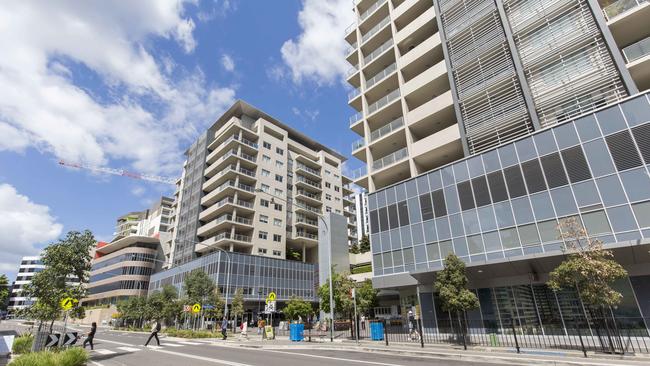
Where once were factories, now there are families.
Since Mascot train station opened in 2000, the suburb and those around it have undergone a dramatic transformation from industrial to medium density residential.
Rezoning the industrial landscape of the former Botany Bay Council could have been the perfect opportunity to introduce green infrastructure and improve the urban tree canopy for future Bayside residents.
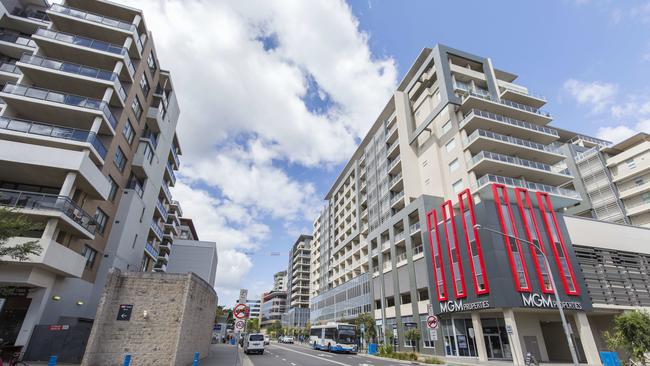
But a snapshot from 2014 found City of Botany Bay tabled the worst figures in Greater Sydney, with Rockdale Council not far behind.
The Institute for Sustainable Futures found the pair had an average of 12.3 per cent tree coverage, 56.7 per cent hard surface, 3.7 per cent shrub and 27.3 per cent grass or bare ground.
Cindy Xiu epitomises the frustration of the people faced with living in a suburb where green spaces are hard to find.
“There’s not enough trees, enough shade or enough parks,” Ms Xiu said.
“There was a proposal for a park outside our apartment in Mascot Square but I don’t know what happened. Now it’s just all blocked up.
“The apartment density is just too high.”
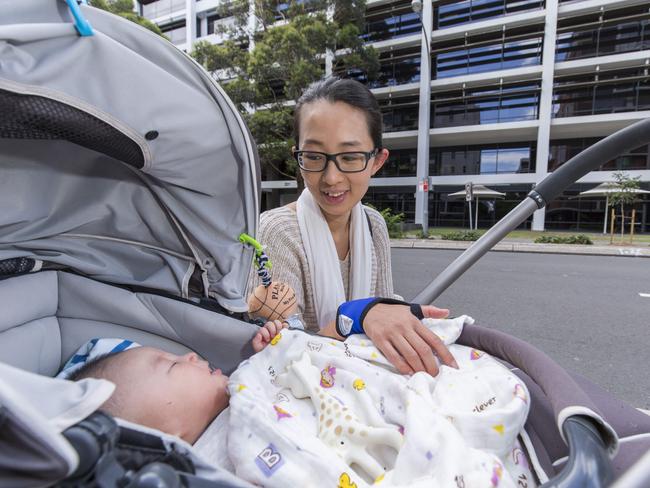
A team of UNSW research students reviewing the financial impact of green infrastructure on new developments said the onus should be on the regulators.
Urban policy research student Alex Lawrie said: “There is a common misconception among developers and governments that green infrastructure costs too much. We’ve been able to show that when green infrastructure is valued accurately, that is not the case.
“Green solutions can reduce the overall cost of stormwater in new developments and keep maintenance costs down.”
The newly formed Bayside Council said it was working with the commission on a number of projects to improve the green canopy.
“These include the Mill Stream and Botany Wetlands Open Space Corridor Cooks River Open Space Corridor, Rockdale Wetlands Open Space Corridor, Wolli Creek and Bardwell Valley Parklands,” a spokeswoman said.
“Council is also working closely with Sydney Airport to ensure any future plans for tree planting do not have an adverse impact on aircraft safety through bird strikes.”
WHAT DO RESIDENTS THINK?
Daniel Berkley Flanner
“They’re legit useless the state of parklands is atrocious.”
Neil Stewart
“The Mascot train station precinct is really missing big, open green spaces. The Linear Park will help but there’s needs to be more. Seeing the space of the new development on the corner of Church Ave and Bourke St, it would’ve been great if that whole area was going to be a park.”
Kylis Ostle
“The whole thing is so appallingly planned out and quite frankly, sad! We’ve been here 10 years and when there were no apartments and now there’s no open space at all.”
Tom Gilmartin
“I’ve been living in the area for 5 years and keep seeing new massive blocks of units going up and promises of parks. But ... Com on pull your fingers out. And finish the parklands as promise. We’ve invested in this area and pay huge rates.”
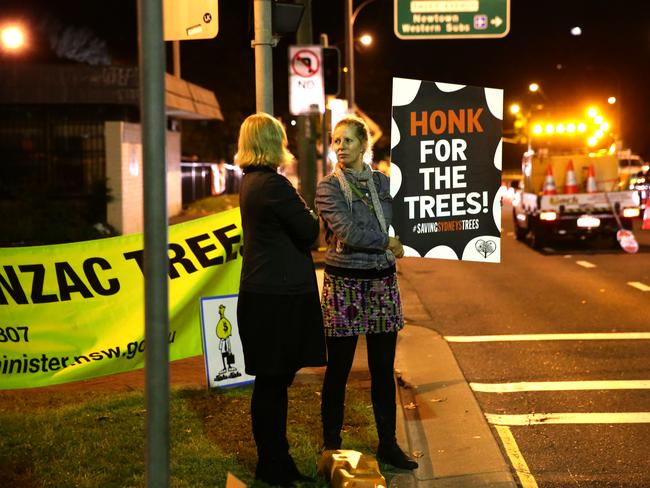
WHY IS GREEN GOOD?
Green space is scientifically linked to improvements with healing and treatment of emotional and physical disabilities, mental productivity and stress reduction as well as encouraging active living. Views of green space from homes are linked to greater perceptions of wellbeing and neighbourhood satisfaction — Kathleen L. Wolf, research social scientist, Washington
RANDWICK LOCAL GOVERNMENT AREA
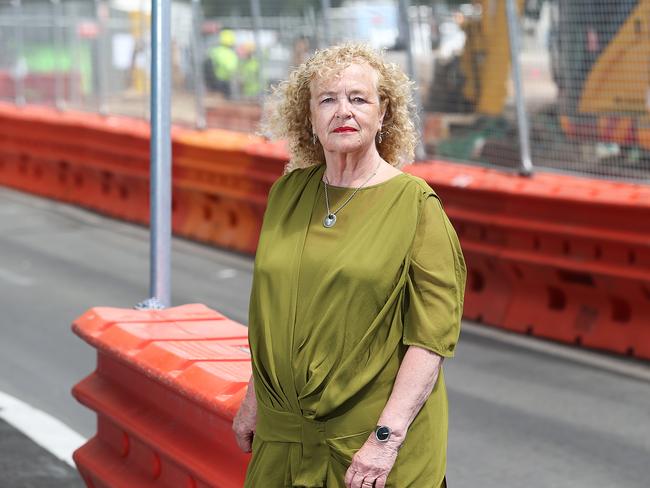
Randwick may have the racecourse and plenty of golf courses, but it doesn’t have a lot of trees.
In the clearest indication of the urban tree canopy of Randwick prior to the felling of hundreds of trees for the light rail, the city had only 14.2 per cent tree cover, placing it third worst off in Greater Sydney.
Grass and bare ground accounted for 30.8 per cent, shrubs 9.2 per cent and hard surface totalled 45.8 per cent, according to Institute For Sustainable Futures 2014 urban tree canopy report.
In the past two years of light rail construction, 558 trees have been destroyed, up from the 448 first envisioned. Another 154 have been or will be relocated.
However, Randwick Council has, in the last five years, worked to improve the city’s green infrastructure by planting 2500 new street trees and 51,000 trees and shrubs in parks and reserves.
RESIDENTS SAY GOODBYE TO THE RANDWICK TREE OF KNOWLEDGE
The council is also in negotiations with Transport for NSW to plant several hundred “advanced” 100-200 litre plants adjacent to the light rail route as an offset for the greenery which was cut down.
Randwick’s Greens Mayor Lindsay Shurey said she understood no one wanted to live in a concrete jungle.
“There is increasing pressure on our existing tree population due to urban density and the recent removal of trees for the light rail project,” Cr Shurey said.
“This means we need to work harder and smarter to plant more trees and protect the ones we have.”
The council has just announced its Native Havens program designed to help residents plan, create and maintain a habitat garden that ensures the continued survival of local plants and animals.


